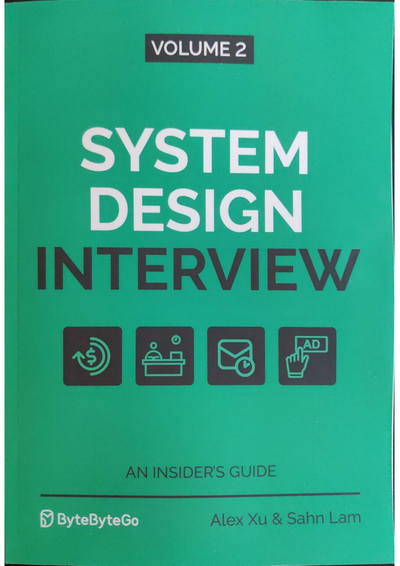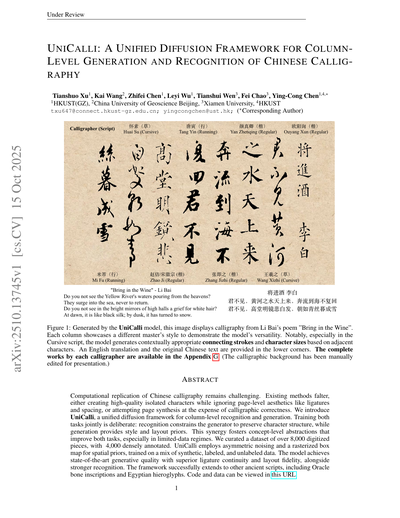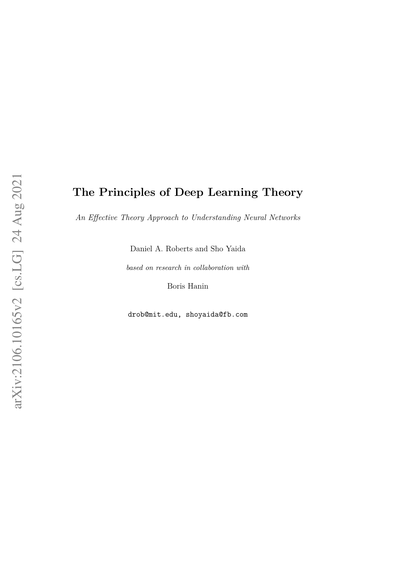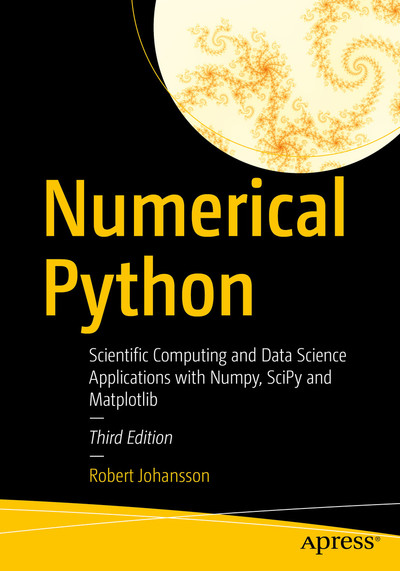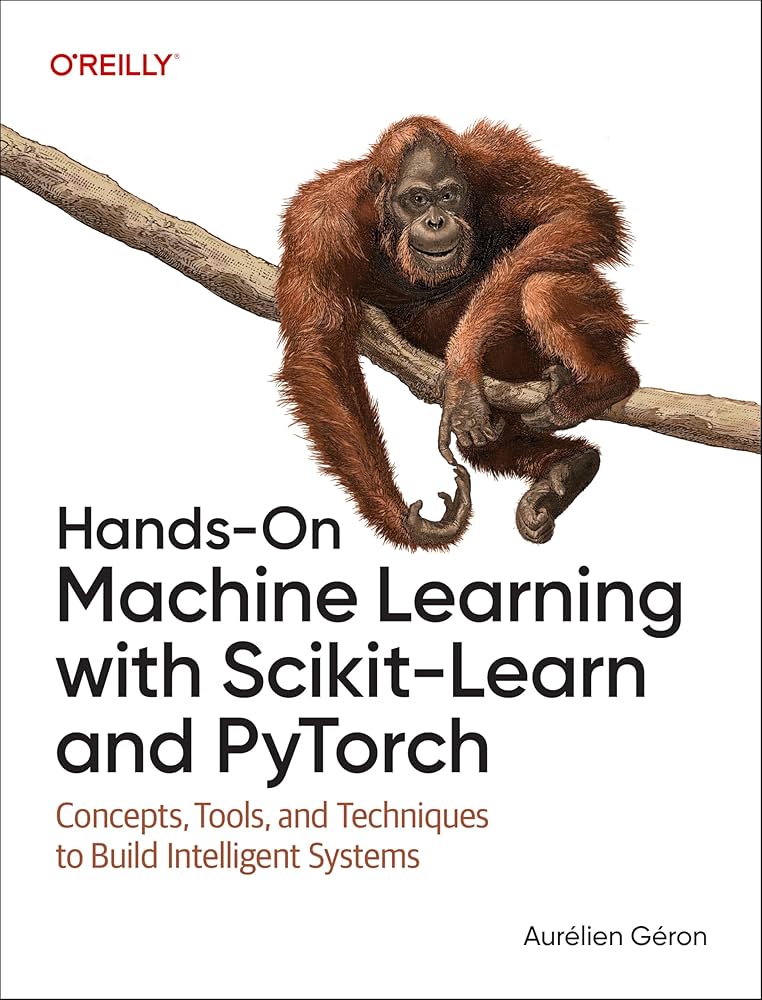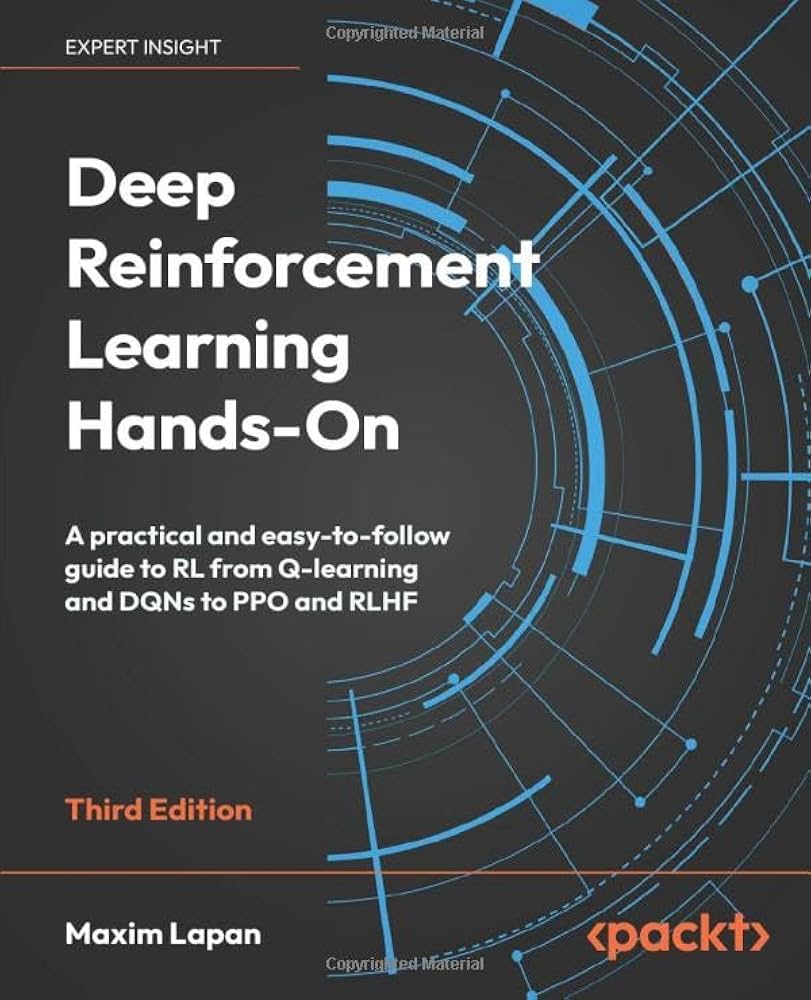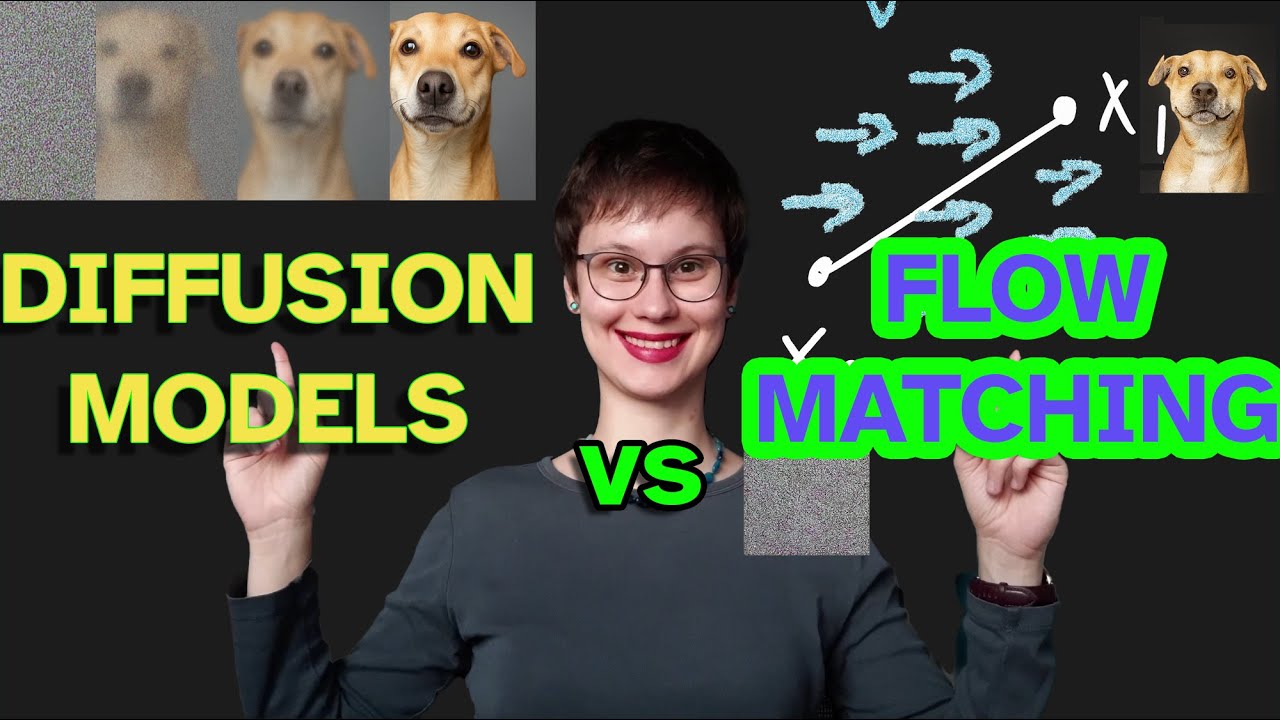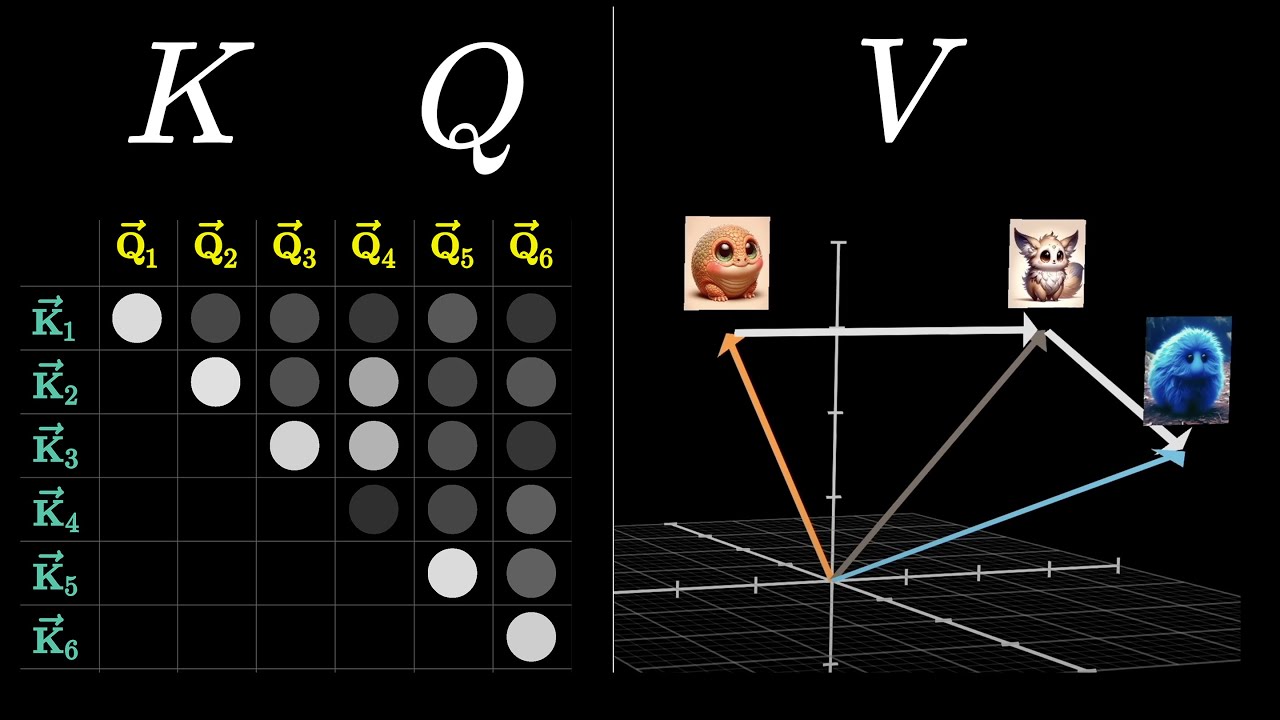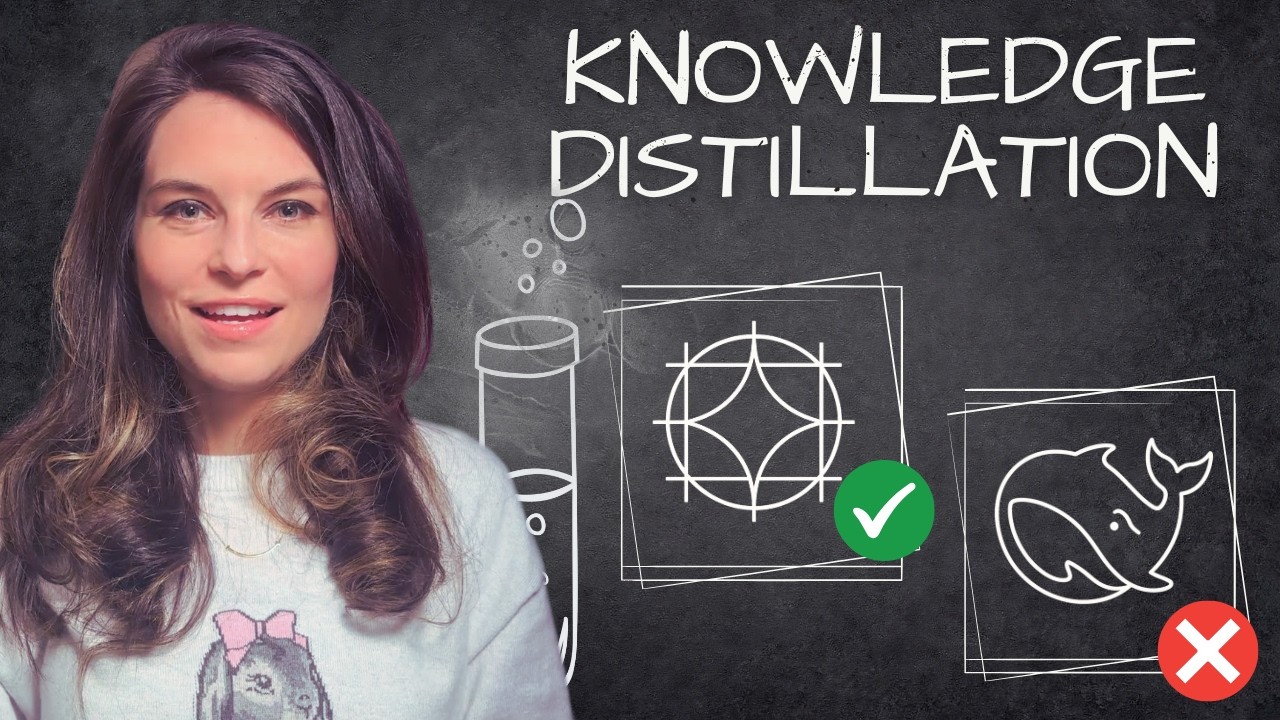
Online Workshop Every Week
Join our free weekly interactive learning sessions.
Master AI/ML with instant feedback and personalized learning
"Cogito, ergo sum" (I think, therefore I am)
— René Descartes

Free Problems
Payment System (SDIIGV)
This problem set covers key concepts from Chapter 11 on Payment System design, including pay-in/pay-out flows, idempotency, reconciliation, PSP integration, and distributed system challenges in payment processing. The problems progress from basic concepts to advanced implementation details.
23 pts
Medium
105
payment-system
functional-requirements
reconciliation
+7
S3-like Object Storage (SDIIGV)
This problem set covers key concepts from Chapter 9 on S3-like object storage design. It explores storage system categories, object storage architecture, data persistence, metadata management, durability mechanisms, and optimization techniques for large-scale object storage systems.
31 pts
Medium
101
storage-systems
block-storage
file-storage
+7
Hotel Reservation System (SDIIGV)
This problem set covers key concepts from Chapter 7 on designing a hotel reservation system. The problems test understanding of system design principles, data modeling, concurrency control, scalability, and microservice architecture as applied to hotel booking systems. Questions progress from fundamental concepts to advanced design considerations.
24 pts
Medium
96
system-design
capacity-planning
back-of-envelope
+7
Ad Click Event Aggregation (SDIIGV)
This problem set covers key concepts from Chapter 6 on designing ad click event aggregation systems at Facebook or Google scale. The problems test understanding of system architecture, data processing, fault tolerance, and trade-offs in large-scale distributed systems for real-time advertising analytics.
24 pts
Medium
99
system-scale
storage-estimation
capacity-planning
+7
Metrics Monitoring and Alerting System (SDIIGV)
This problem set covers key concepts from Chapter 5 on designing scalable metrics monitoring and alerting systems. The questions test understanding of data collection models, time-series databases, scaling strategies, and system architecture decisions for large-scale monitoring infrastructure.
30 pts
Medium
98
system-architecture
components
monitoring-system
+7
Distributed Message Queue (SDIIGV)
This problem set covers key concepts from Chapter 4 on Distributed Message Queues, including messaging models, replication, data delivery semantics, and system architecture. The problems progress from basic concepts to advanced design considerations, testing your understanding of distributed message queue systems.
26 pts
Medium
101
message-queues
system-benefits
distributed-systems
+7
Premium Problems
Knowledge Graphs
USA AI Olympiad
Explore competitive programming and AI contest preparation concepts
Grade 5 Math
Discover elementary mathematics concepts and learning paths
Featured PDFs
View All PDFsSystem Design Interview: An Insider's Guide Volume 2
116 questions
348 pts
System Design Interview: An Insider's Guide
108 questions
317 pts
UNICALLI: A UNIFIED DIFFUSION FRAMEWORK FOR COLUMN-LEVEL GENERATION AND RECOGNITION OF CHINESE CALLIGRAPHY
10 questions
38 pts
The Principles of Deep Learning Theory
107 questions
418 pts
Featured Books
View All BooksAcing the System Design Interview
153 questions
456 pts
Numerical Python: Scientific Computing and Data Science Applications with Numpy, SciPy and Matplotlib
190 questions
543 pts
Hands-On Machine Learning with Scikit-Learn and PyTorch
200 questions
554 pts
Deep Reinforcement Learning Hands-On - Third Edition
222 questions
720 pts
Featured Videos
View All VideosFlow-Matching vs Diffusion Models explained side by side
10 questions
29 pts
Attention in transformers, step-by-step | Deep Learning Chapter 6
10 questions
30 pts
Knowledge Distillation: How LLMs train each other
10 questions
27 pts
Diffusion Model
10 questions
32 pts
Popular Topics
machine learning
56
deep learning
40
neural networks
35
reinforcement learning
33
system-design
28
grade5
27
optimization
14
large language models
13
attention mechanisms
13
combinatorics
13
system-architecture
13
natural language processing
12
aime problems
12
Number Sense
12
scalability
11
beginner
10
number theory
10
performance
10
transformers
9
capacity-planning
9
Click on any tag to filter problems by that topic
